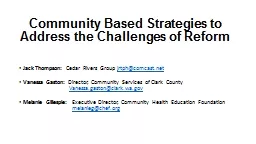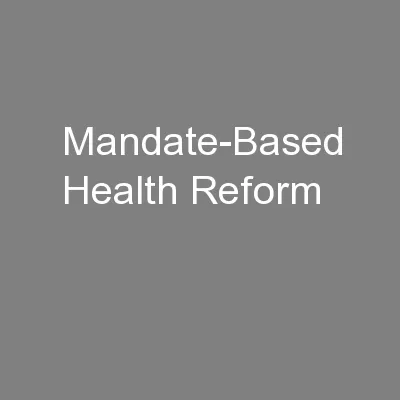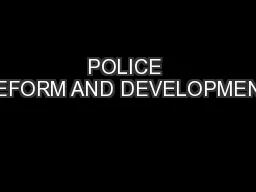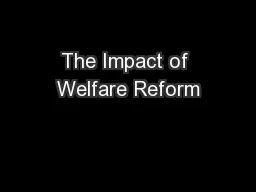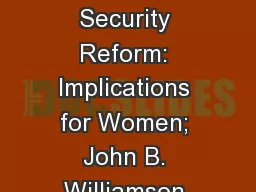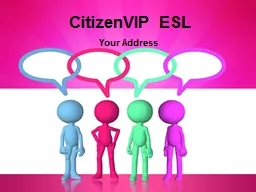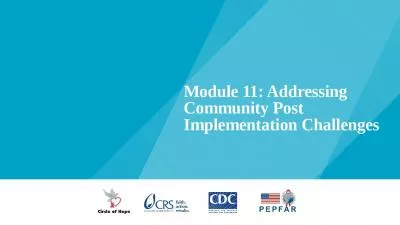PPT-Community Based Strategies to Address the Challenges of Reform
Author : kittie-lecroy | Published Date : 2018-03-09
Jack Thompson Cedar Rivers Group jrtphcomcastnet Vanessa Gaston Director Community Services of Clark County Vanessagastonclarkwagov Melanie Gillespie Executive
Presentation Embed Code
Download Presentation
Download Presentation The PPT/PDF document "Community Based Strategies to Address th..." is the property of its rightful owner. Permission is granted to download and print the materials on this website for personal, non-commercial use only, and to display it on your personal computer provided you do not modify the materials and that you retain all copyright notices contained in the materials. By downloading content from our website, you accept the terms of this agreement.
Community Based Strategies to Address the Challenges of Reform: Transcript
Download Rules Of Document
"Community Based Strategies to Address the Challenges of Reform"The content belongs to its owner. You may download and print it for personal use, without modification, and keep all copyright notices. By downloading, you agree to these terms.
Related Documents

